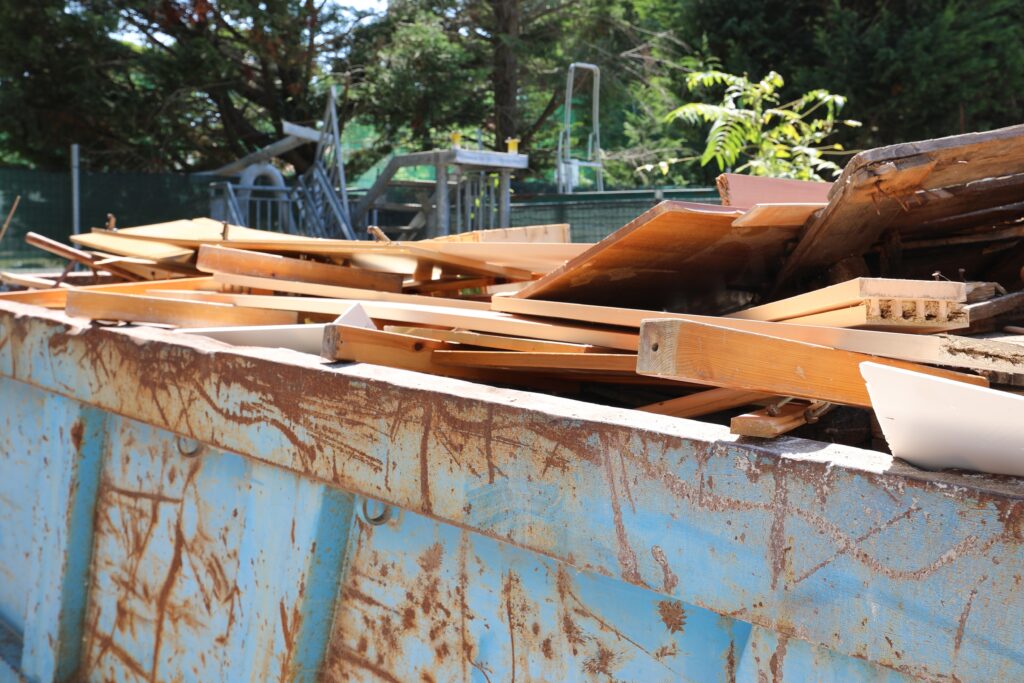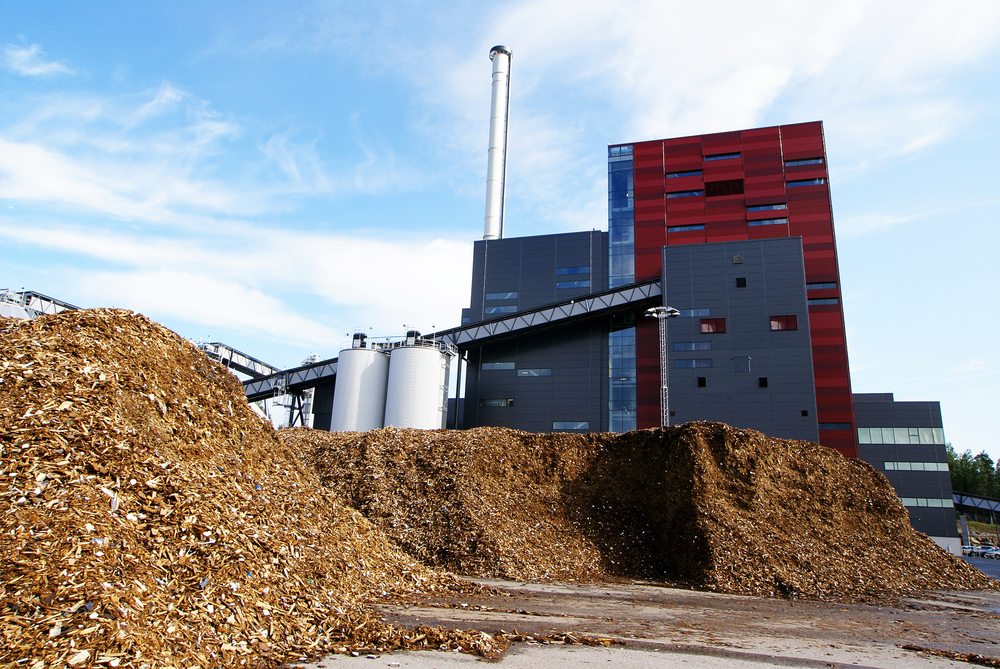The chemical solution, being developed by the timbre research centre at Buckingham Chiltern University with WRAP support, would be sprayed on waste wood as it comes into a recycler's yard. If the wood is contaminated, the substance would change to one of several colours, indicating the contamination type.
” We want staff at wood recycling companies to receive training on the best and most efficient ways to identify waste wood.“
– Tom Fourcade, WRAP
Wood recyclers are often presented with material contaminated with such substances including preservatives such as chromated copper arsenate (CCA), commonly used in the wood industry. These contaminants are difficult, if not impossible, to remove to the standard required by chipboard manufacturers and other recycled wood end markets.
For large quantities of wood, recyclers would have to use a sampling method to test for contamination, rather than testing all the wood.
Tom Fourcade, WRAP's wood sector manager, said: “We want staff at wood recycling companies to receive training on the best and most efficient ways to identify waste wood. For example, some companies receive perhaps 10,000 tonnes of waste wood a year, so they would have to do sample tests on the wood rather than test each piece.”
Next steps
The new contaminant identifier has already been used in other industries in a thicker consistency and with a slower reaction rate. WRAP – the Waste and Resources Action Programme – is now looking into how to deal with contaminated wood once it has been identified.
Mr Fourcade said: “We are looking at the risks associated with different materials and chemicals. We hope to have generated information on this by Easter and will use this to decide what can be done with wood identified as contaminated.”
Markets
The work should be beneficial to wood recyclers, who are under continual and increasing pressure from the end markets they supply – mainly boardmills – to produce a higher standard wood chip with less contamination.
WRAP is currently involved in several projects to develop the wood recycling sector, including encouraging companies to diversify into higher-value end markets such as horticultural mulches and animal bedding.
These markets require particularly high quality wood chip, and so WRAP is keen that it becomes as easy possible for wood recycling companies to limit the amount of contaminated wood they take in.








Subscribe for free